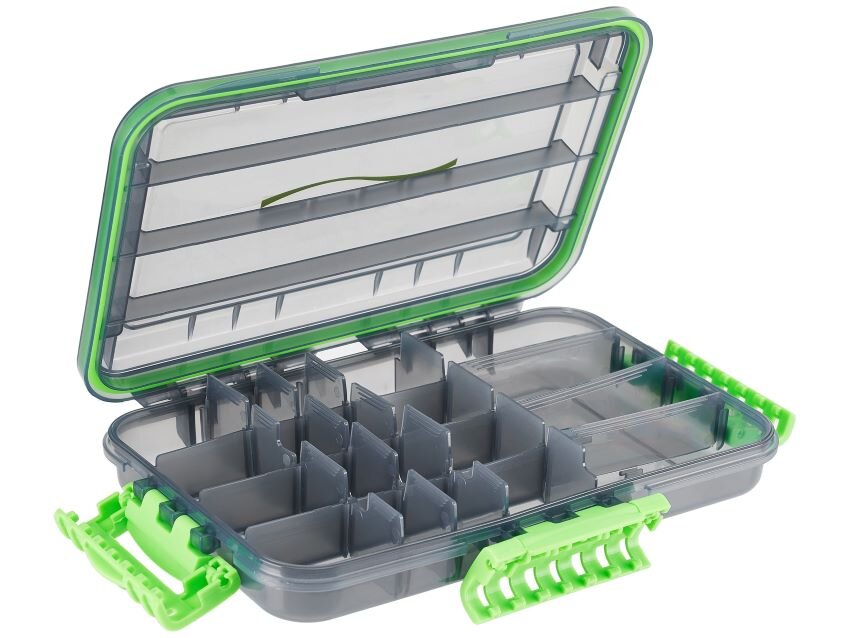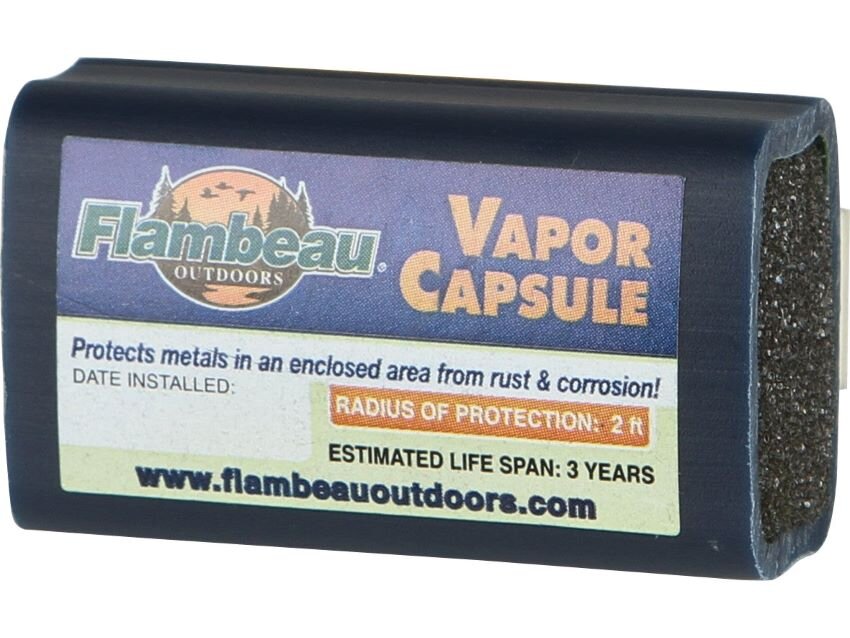Protect Your Travel Tackle From Rust
Despite the fact that the sport of fishing is ultra-reliant on the presence of water, oddly enough H2O can be an angler’s worst enemy. It gets on everything, into everything, and can potentially damage everything that we hold dear, from boating equipment to hooks. We can manage our own exposure through quality raingear and footwear, but often we leave our poor equipment to fend for itself.
The best solution is to not let anything get wet, but that’s highly unrealistic. After all, that would severely limit the number of days we spend on the pond. Besides, who wants to completely avoid great fisheries like the Amazon where rain is a hallmark of the experience? Closer to home, most bass anglers love chugging a popper or retrieving a buzzbait in a light drizzle, when fish are at their least guarded.
So what can we do to ensure that rust, corrosion and other problems don’t ensue?
Well, the first is don’t put anything away wet. If I get home from a rainy day on the water, when I tuck the boat into the garage I’ll prop up the nose to let the water run toward the rear, and open the storage compartments to let them air out. When it’s really bad, I’ll place a fan on the deck of the boat to speed up the process. I know that many anglers mount one on the ceiling for more dispersed drying powers.
But what about your tackle? A lot of it will hold water for a long time, particularly if it has fur or skirts, and when you put it back in a storage container you run the risk not only of ruining that one bait, but also contaminating all of the others. One solution is to get waterproof utility trays. Once you put a dry bait inside, it tends to stay dry. Of course, the opposite is true as well—if you put away a still-soaking lure it may never dry out. Even if you think that all of your lures are completely dry, an unseen drop or two of water can spell disaster. We all accumulate lots of utility boxes that are decidedly low-tech, but if possible invest in some with waterproof seals and gaskets, to keep moisture out. Companies including Bass Mafia, Flambeau, Plano and SPRO all offer such products.
If you want to take that one step further—or if you’re particularly scared of stowaway moisture—consider boxes like the Flambeau Zerust waterproof models which have an oxidation-preventing substance to further reduce the likelihood of water damage.
What about if you already have boxes without such anti-rust measures? Well, don’t throw them away. There are a variety of rust-inhibiting products that are relatively inexpensive. For example, Bullfrog makes shields, strips and sprays that’ll help you combat creeping moisture.
Flambeau similarly offers capsules and strips that can be added to your tackle boxes.
Those solutions are tackle-specific, but there are other decidedly low-tech ways of inhibiting rust. Some anglers put small quantities of rice in a tied-off section of pantyhose and then place those in their boxes. To me, that sounds like a recipe for a disastrous mess, and besides, I don’t think most women wear pantyhose anymore. A simpler solution is to hoard the silica gel capsules and packets that come with medicine and consumer items like shoes, and then place them strategically among your lures.
This is particularly important for the traveling angler because we may spend a long time between trips. If you’re headed out in your bass boat every week, you may notice an oncoming problem before it becomes irreversible. You can segregate the lures that are developing issues. On the other hand, if you put your tackle boxes away in a closet, garage or basement for months at a time, or store them at a distant lodge between trips, you are asking for trouble. The only thing worse than picking up a cluster of worm hooks or flipping jigs at home and finding out that they’re all ruined is doing the same thing upon arrival at a distant bucket list fishing destination. Suddenly you’re in angling Disneyland and you don’t know if you can trust your gear. As someone who has thrown away hundreds (thousands?) of dollars worth of mismanaged gear over the decades, I know how much it sucks.
Unfortunately, in our haste to put things away, fire out the next cast, or go home, all of us are going to suffer from rusty, unusable gear at some point. Some of it may be salvageable. When in doubt on your hardware, change it out—hooks, split rings, all of it. Skirts, too, because if they’re matted they won’t perform as intended. As for hard baits, if there are minor rust marks where hooks brushed up against the body, you may choose to let them stay as-is. If that bothers you, or the marring is substantial, you can likely take a Magic Eraser or some fine steel wool and whittle it away. Be sure not to take so much off the sides that you’ll impact the action, but you can always touch up the paint or have them repainted altogether.
Don’t forget your rods and reels, either, especially but not exclusively if you fish in saltwater. A quick wipe down and then drying them off with a clean microfiber towel can preserve them remarkably well and prevent all sorts of heartbreak down the road.






